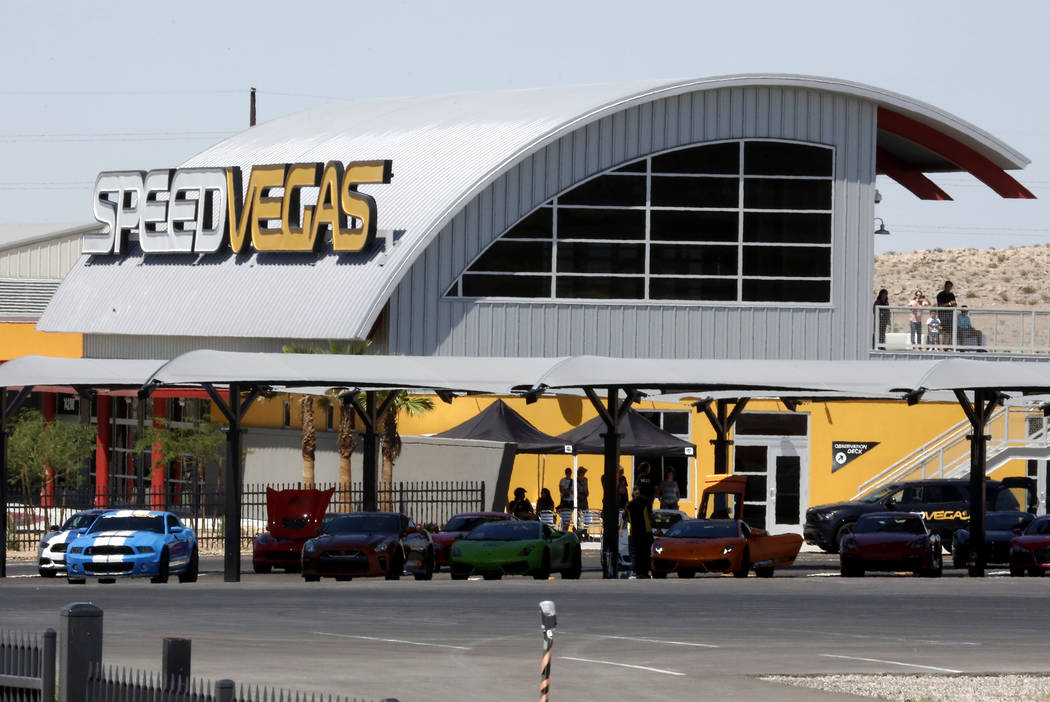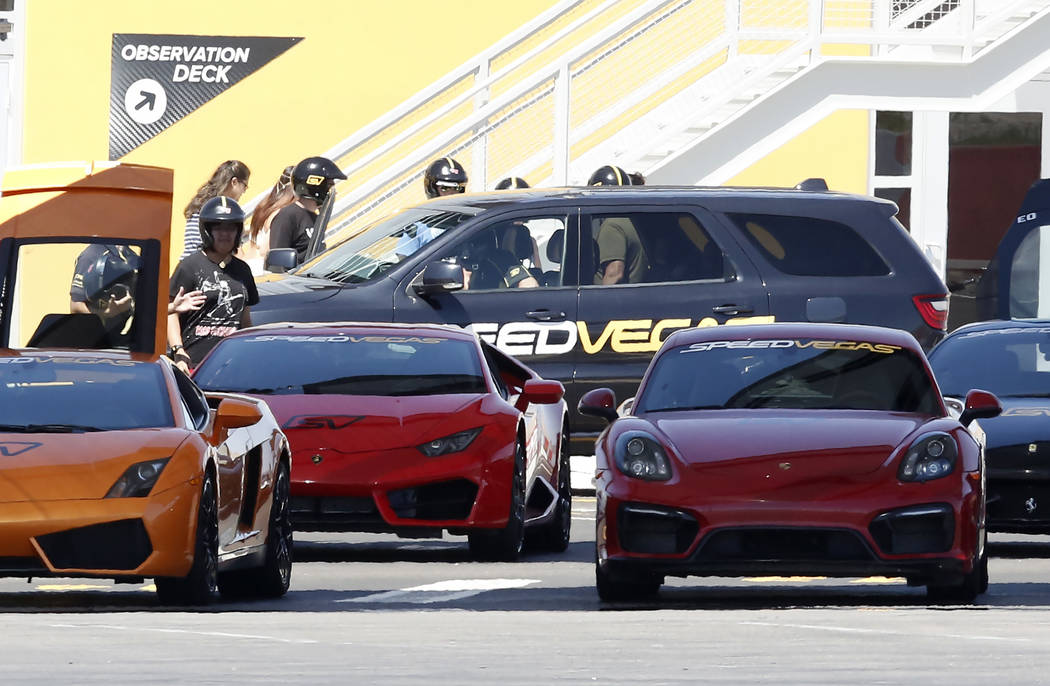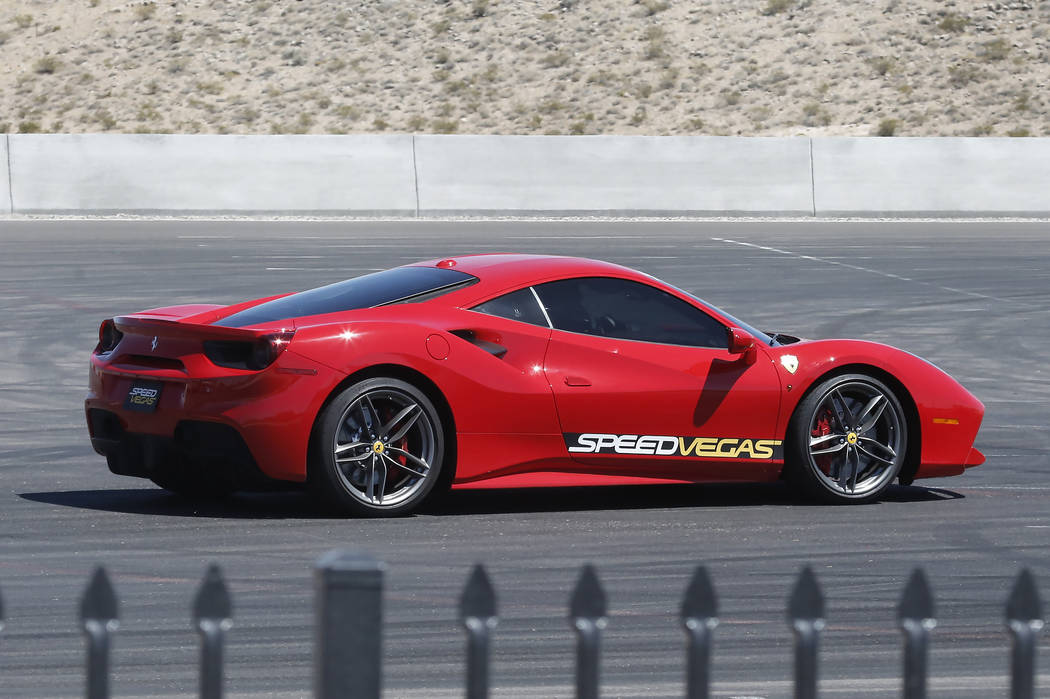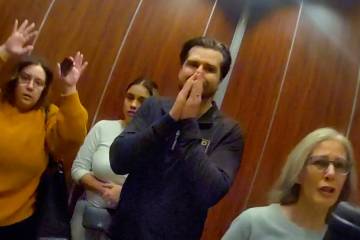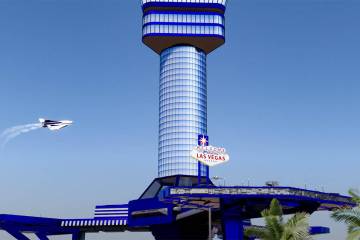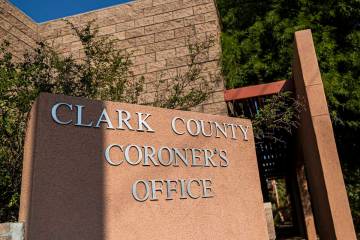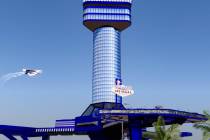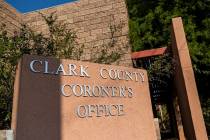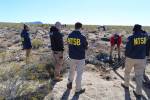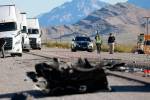Estate of SpeedVegas driving instructor files lawsuit
The estate of Gil Ben-Kely, the SpeedVegas driving instructor who died in a fiery crash at the track south of Las Vegas in February, has filed a lawsuit against the track, its owner, its designer and the car manufacturer.
The lawsuit, filed Wednesday in Clark County District Court on behalf of Ben-Kely’s heirs, including his wife, Antonella, names SpeedVegas LLC; holding company World Class Driving; real estate developers Scott Gragson, Sloan Ventures 90 and Mary Sloan LLC; track designers Robert Barnard and Motorsport Services International LLC; and car manufacturer Automobili Lamborghini America LLC as defendants.
The lawsuit, which seeks damages in excess of $50,000 and demands a jury trial, was filed by Las Vegas attorneys Dominic Gentile and Janiece Marshall.
Representatives of SpeedVegas had not seen a copy of the lawsuit and declined comment.
15 causes of action
The 36-page pleading includes 15 causes of action including wrongful death, negligence, fraud, wrongful misrepresentations, negligent supervision and negligent design of the track and, against Lamborghini, product liability.
Ben-Kely, 59, a two-time breast-cancer survivor, sitting in the passenger seat of a 2015 Lamborghini Aventador capable of speeds of up to 200 mph, died along with the vehicle’s driver, customer Craig Sherwood, a 37-year-old Canadian tourist, on Feb. 12.
The lawsuit said the bodies were charred beyond recognition and that the accident occurred at Turn 1, a curve at the end of the track’s longest straightaway. The pleading says it was SpeedVegas’ fifth crash in the attraction’s 10 months of operation and that three of the five prior accidents occurred at Turn 1.
The lawsuit accused the operators of encouraging high speeds by posting lap times on a telemetry board and recognizing the fastest daily times. The pleading said the board fraudulently overstated the actual speed by 15 percent to encourage competitive customers to improve their times with instructors upselling customers to take more laps or upgrade to faster cars.
The telemetry board was removed shortly after the February accident.
Pleas ignored
The lawsuit also says instructors pleaded with owners to redesign Turn 1 because they said a concrete wall was too close to the edge of the track.
“SpeedVegas re-opened the racetrack to business (after the accident) without moving the wall, ignoring the impassioned pleas of driving instructors to move the wall and add more run-off areas and additional cushioning,” the filing said. “Once again, SpeedVegas chose profits over the lives of its employees and customers. Management actually calculated the cost of moving the wall against the likelihood of another high-impact crash.”
The lawsuit said the Aventador driven by Sherwood had only been available for customers about a week prior to the fatal crash. It said it was a routine business practice for SpeedVegas to swap out more expensive original manufacturer equipment brakes and did so on Feb. 7. The Aventador also was subject to a Feb. 3 recall notice that the model has a manufacturing defect making it more susceptible to fires and explosions due to fuel coming in contact with the exhaust system.
The Review-Journal reported earlier this week that Clark County commissioners contemplated developing regulations for attractions like SpeedVegas but were discouraged by the constantly evolving landscape of high-risk adventure attractions.
The newspaper also reported the February accident at SpeedVegas was similar to at least four other accidents at tracks across the country, but government officials have found it difficult to develop appropriate regulations.
Contact Richard N. Velotta at rvelotta@reviewjournal.com or 702-477-3893. Follow @RickVelotta on Twitter.



